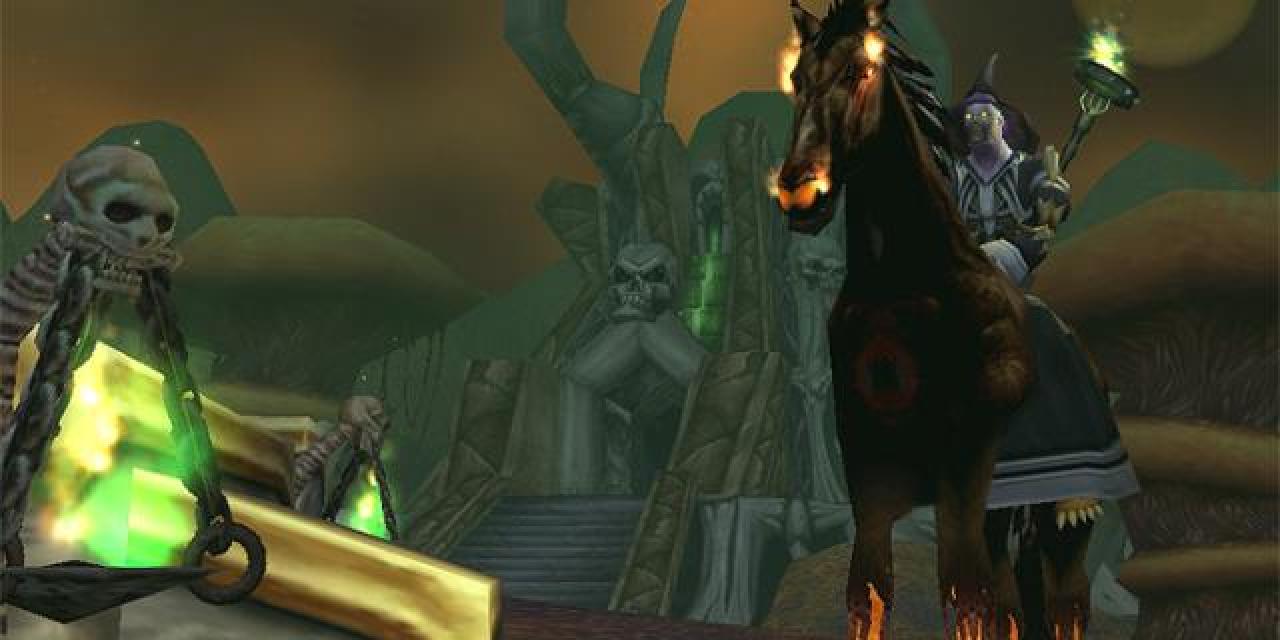

A group of 15 college undergraduates, enrolled in a course on massively multiplayer on-line games at Trinity University in San Antonio, Texas, have released their term papers for their ethnography class. Why would we care? The papers investigate and analyze player interactions in World of Warcraft and offer an interesting insight into the world of the MMOG.
The students played World of Warcraft for the past four months, with characters ranging in level from 10 to 40 and decided that they would observe and analyze player interactions within the World of Warcraft. Each student in the class pursued a different research question. Topics include: Horde-Alliance relationships, factors that promote game immersion, representations of female identity, role-playing behaviors, and the unique challenges facing those who support and develop massively multiplayer environments.
Some of the more interesting papers explore the issue of sexual harassment within WoW as well as that of the relationship and comparison of the real person to his/her virtual counterpart. As the number of people playing World of Warcraft rises and becomes a more representative sample of the rest of the world it is likely that more and more "real-life" problems will start appearing in the virtual worlds as well as brand new ones. Efforts such as those of the Trinity University students, will help recognize any such problems and may prove useful both to Blizzard and to current or prospective WoW players.
Below is a short excerpt from one of the papers, you can find out more by visiting the .
The purpose of this project was to determine the qualities of virtual environments
that lead players to form attachments and addictive behaviors. Why are players so eager to satisfy their psychological, social, and emotional needs in virtual worlds? What aspects of MMORPGs encourage addiction in players, and how do players respond to the attachment that can result from extensive game play?








